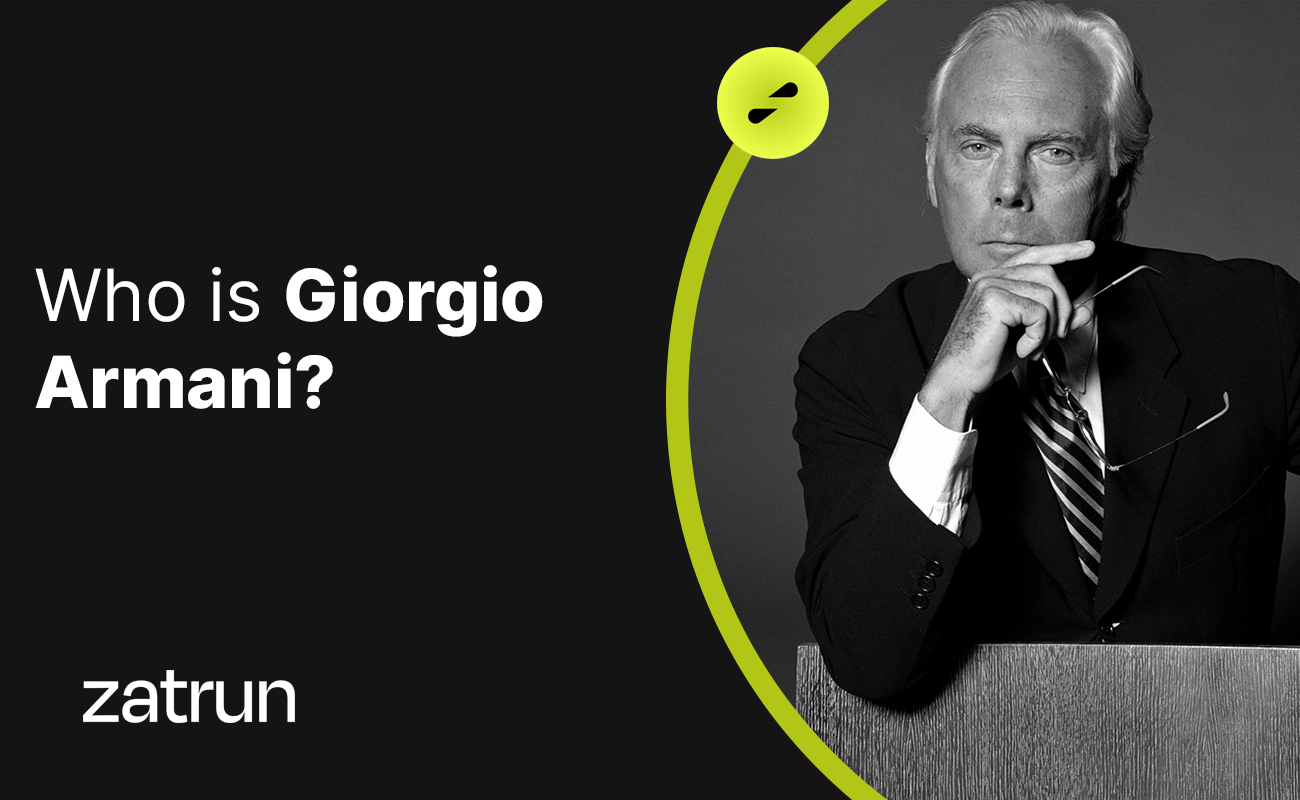Trygve Haavelmo 101: Who is the Famous Nobel Prize-Winning Economist? in our article of Zatrun.com, we will cover in detail everything you need to know about Trygve Haavelmo, the Nobel Prize-winning economist that our readers are curious about.
Who is Trygve Haavelmo?
Trygve Haavelmo was an economist born on December 13th, 1911 in Skedsmo, Norway. His research interests focused on econometrics. He received the Nobel Prize in Economics in 1989. After completing his education at Oslo Cathedral School, Haavelmo graduated from the economics department at Oslo University in 1930 and joined the Economics Institute on the recommendation of Ragnar Frisch. Haavelmo served as Frisch’s assistant for a while and was later appointed as the institute’s computing chief. In 1936, Haavelmo worked at the Statistics department at University College London and pursued additional studies in Berlin, Geneva, and Oxford.

In 1938, Haavelmo served as a faculty member at Aarhus University for a year and was then offered an academic scholarship for overseas work and education the following year. During World War II, he worked at the Nortraship Statistics Department in New York City. In 1946, he received his PhD degree for his work on the Probability Approach in Econometrics.
Career Life
From 1948 to 1979, Haavelmo held the position of professor of economics and statistics at Oslo University, and he was the head of the Department of Commerce from 1947 to 1948. Through his logical criticism of traditional concepts in mathematical analysis, Haavelmo attained a prominent position in the modern economics field.
In 1989, Haavelmo was awarded the Nobel Prize in Economics for “clarifying the foundations of econometrics’ probability theory and analyzing simultaneous economic structures.” Haavelmo lived in Østerås, Bærum. He passed away on July 28th, 1999 in Oslo.
Trygve Haavelmo and his Legacy
Judea Pearl evaluated the work of economist Trygve Magnus Haavelmo and wrote that he first recognized Haavelmo’s capacity for policy guidance based on econometric models. According to Pearl, Haavelmo’s work “The Statistical Implications of a System of Simultaneous Equations” marks a turning point in econometric models as it points to causal effects rather than just statistical implications. Haavelmo’s idea that an economic model demonstrates hypothesis testing and policies can be simulated by modifying the equations of the model, formed the basis for all formalisms used in econometric causal inference. (Bio-statistical and epidemiological literature originates from different sources.)
This process was first applied by Robert H. Strotz and Herman Wold (1960) and was later translated as “deletion” in graphical models. This process led to Pearl’s “do”-calculus and numerical theoretical comparisons in econometric models. Pearl also speculates that the reason economists generally fail to recognize Haavelmo’s revolutionary contributions is that they have yet to agree among themselves on what economic models represent, which can be seen in the deep disagreements in econometric textbooks.












